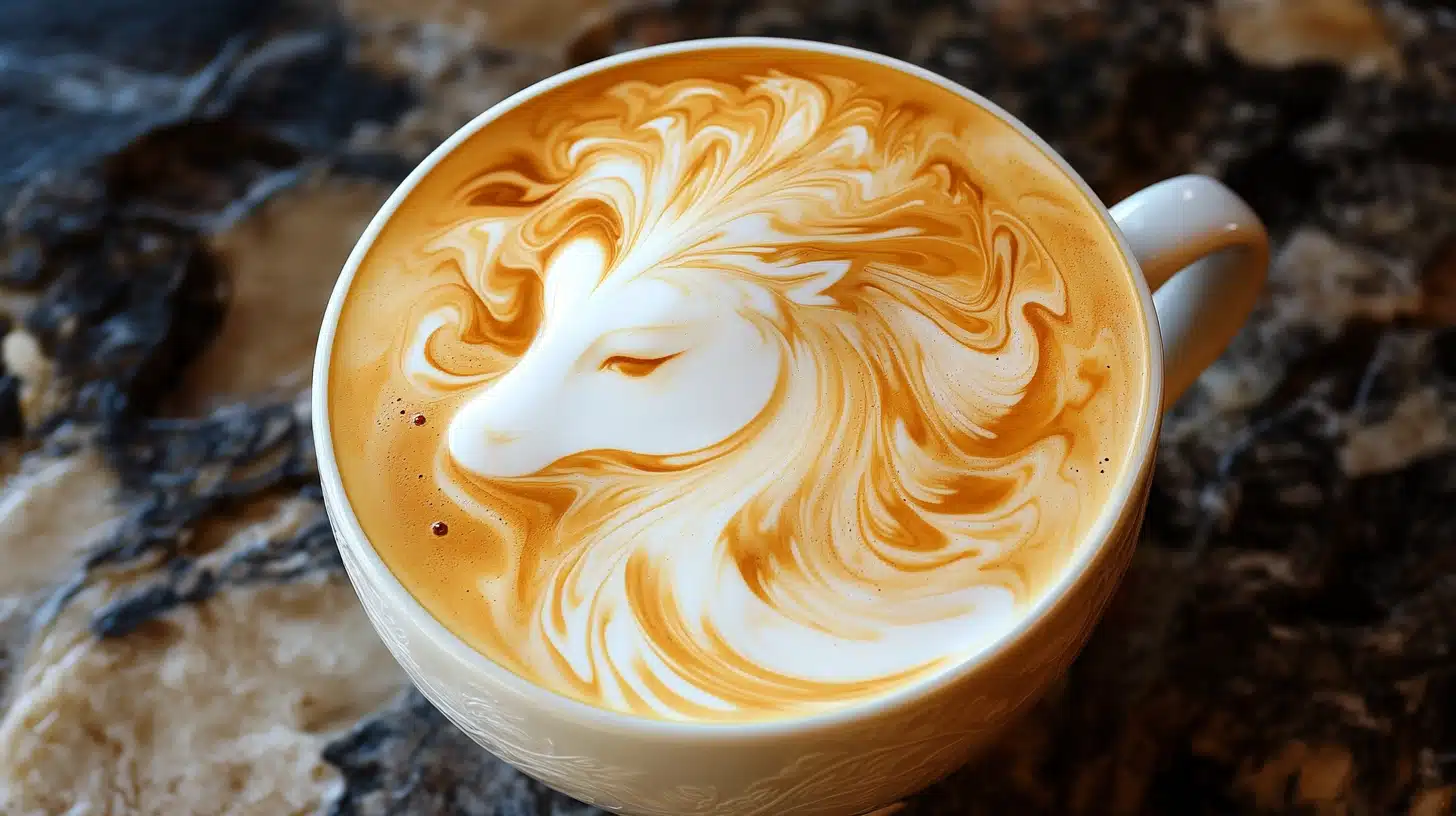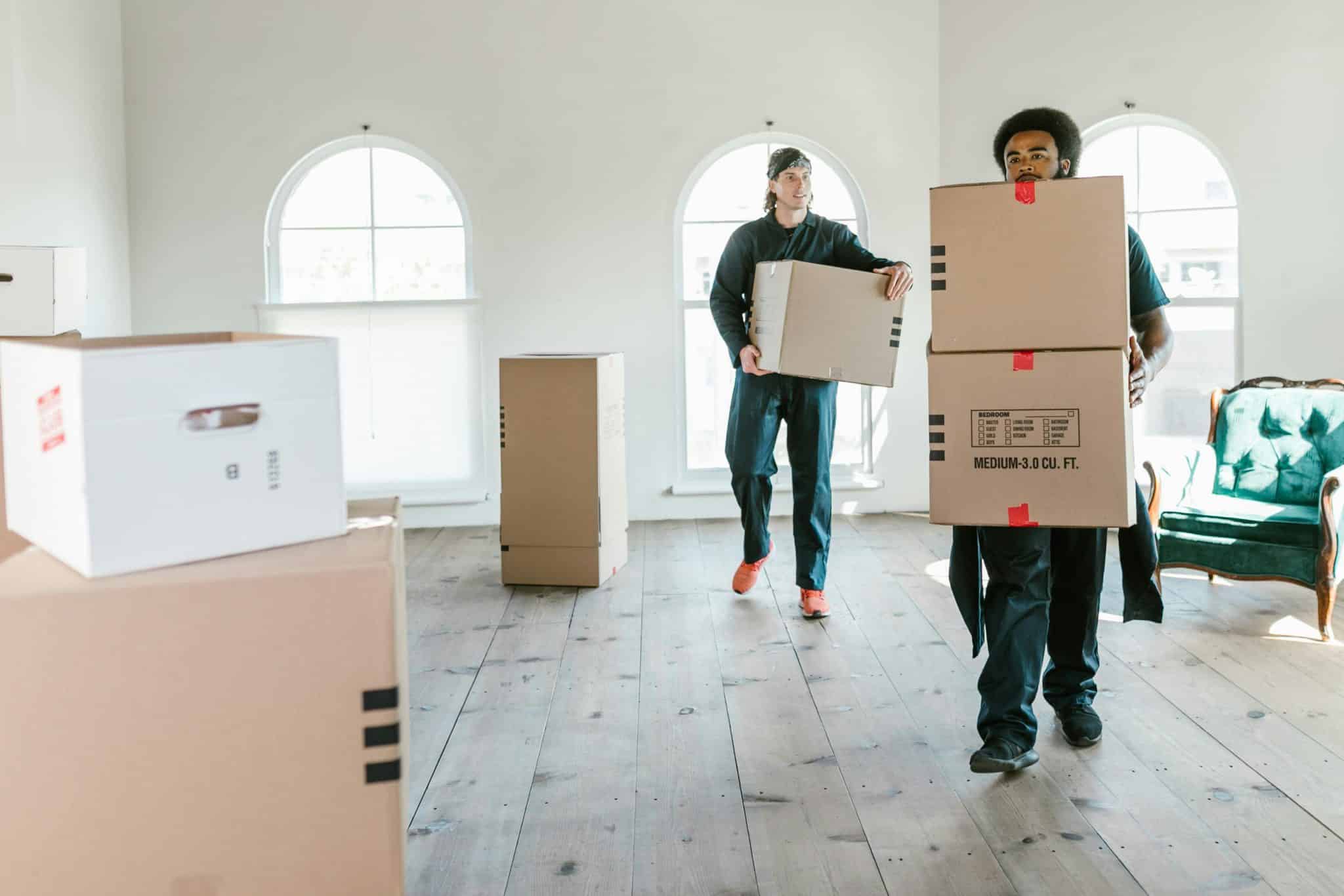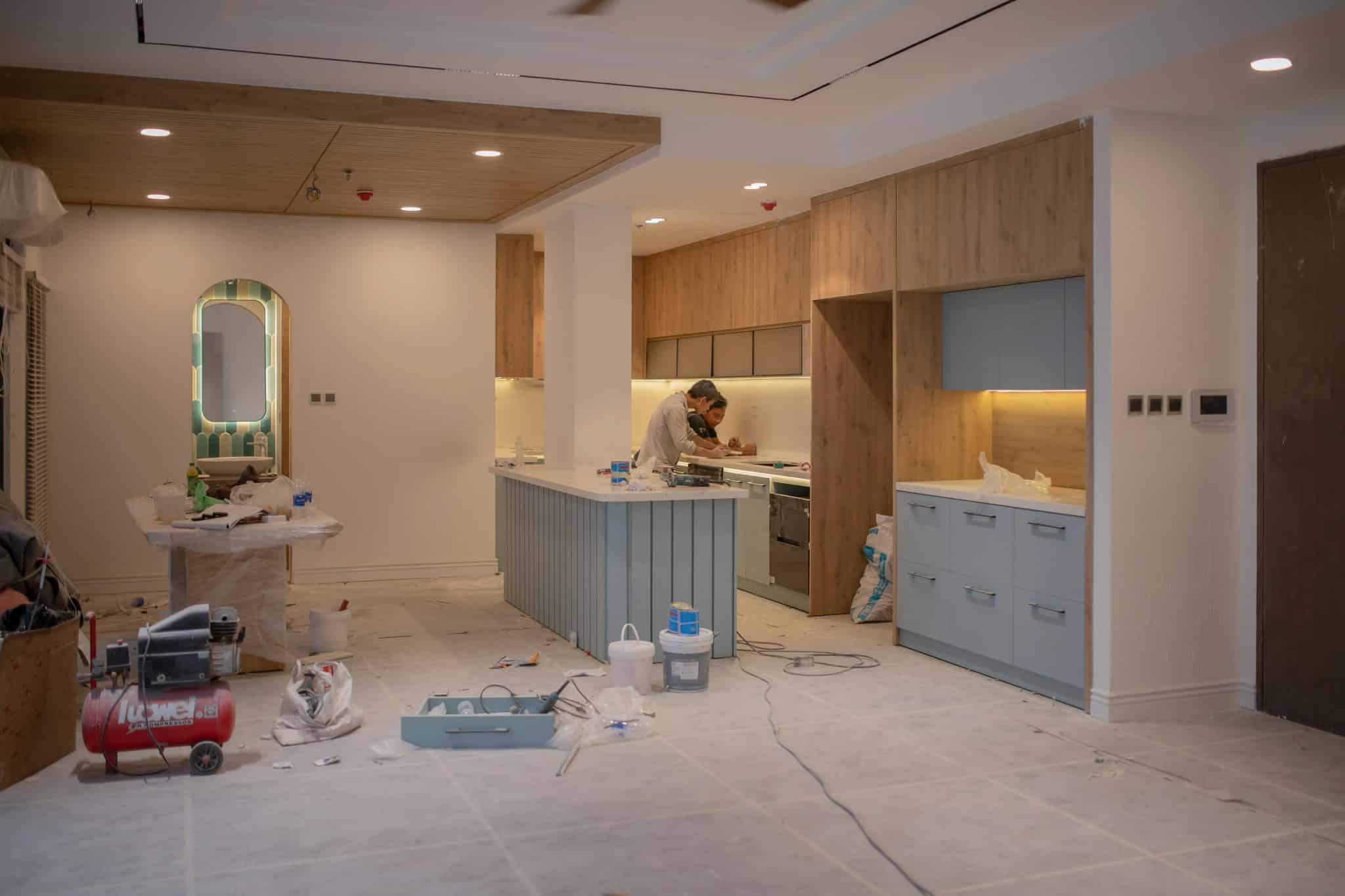There’s something deeply satisfying about sipping a café-style coffee with a swirl of beautiful latte art on top. It’s the mark of a barista’s skill—and with a little practice, you can recreate that same touch of elegance in your own kitchen.
You don’t need to be a coffee expert or have professional equipment to get started. In fact, with a good milk frother, steady hands, and a bit of patience, you can be pouring hearts and rosettas before you finish your second cup.
The equipment you use does make a difference, though. A reliable espresso machine is essential, and home coffee lovers often turn to the Smeg coffee machine for its balance of performance, style, and ease of use. Combined with high-quality beans and the right technique, it can help you elevate your morning brew from average to Instagram-worthy.
Ready to take your coffee game to the next level? Here’s how to get started with latte art at home, even if you’ve only got a few spare minutes each morning.
Step 1: Start with a Solid Espresso Base
Latte art begins with a well-pulled espresso shot. Use freshly ground coffee beans and aim for a rich, even extraction with a thin layer of crema on top. The crema provides the surface your milk will glide across, so don’t skip this step.
If you’re using pre-ground coffee, be sure it’s fresh and stored properly, or your shot might lack the body needed for good art. Temperature and pressure consistency also play a role, which is where a quality machine comes in handy.
Step 2: Froth Your Milk to the Right Texture
Milk texture is where most beginners struggle, but it’s the key to great latte art. You want steamed milk that’s silky, smooth, and free of large bubbles—this is often called “microfoam.”
Here’s how to get it right:
- Use cold, fresh full-cream milk for the best texture.
- Steam until the milk reaches around 60–65°C—too hot and it won’t pour smoothly.
- Position the steam wand just below the surface to introduce air, then lower it to create a whirlpool effect.
Once done, swirl your milk in the jug to maintain that glossy, paint-like texture.
Step 3: Pour with Confidence
With your espresso ready and milk frothed, it’s time to pour. Start slow and steady, holding the jug about 5–10 cm above the cup. Once the cup is around half full, move the jug closer and begin to gently rock it back and forth as you pour.
Some tips to guide your pour:
- For a heart: Pour into the centre, then finish with a quick flick through the middle.
- For a rosetta: Wiggle side to side as you pour, then finish with a straight line down the centre.
- For a tulip: Layer small pours one after the other, then drag through to finish.
Don’t stress about perfection. Even wobbly hearts still taste amazing.
Practice and Patience Make All the Difference
Latte art is just as much about feel as it is about technique. Your first few attempts might not look like much—but every cup is a chance to improve. The more you practise, the better you’ll understand how milk behaves and how small adjustments to your pour can change the outcome.
Record yourself or take photos to track progress. You’ll soon start seeing more definition, contrast, and control.
With a few minutes of practice each morning, you’ll be surprised how quickly you can level up. And whether your art is simple or elaborate, there’s something incredibly rewarding about mastering a café ritual in your own home. So heat up the milk, pull a fresh shot, and enjoy the process—your perfect pour is just around the corner.








